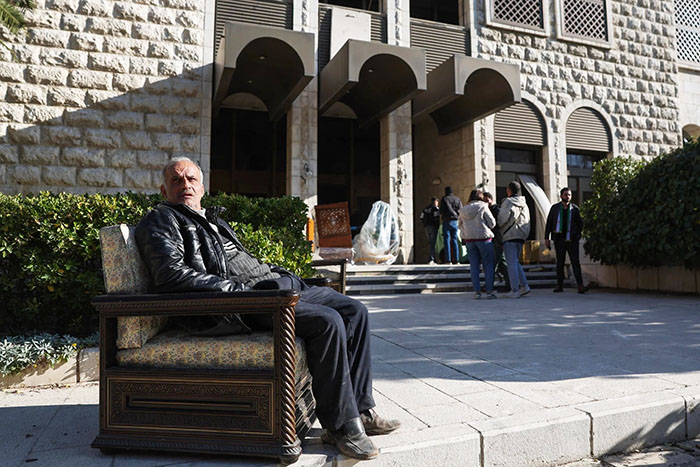To the rebels and opposition forces, the ransacking of Assad’s home is more than an act of defiance—it is a declaration that his time as Syria’s leader has come to an end. The scattered belongings, broken furniture, and emptied cabinets symbolize the unraveling of a regime that once seemed unassailable. For many Syrians, it is a moment of catharsis, a small but powerful victory in a struggle that has cost so much.
Challenges Ahead for Syria
While the fall of Assad’s residence and his flight from Damascus mark a pivotal moment, Syria’s future remains fraught with challenges. The civil war has left the country deeply fractured, with various factions vying for control. The humanitarian crisis persists, with millions of refugees still unable to return home and countless others living in dire conditions within Syria.
Rebuilding the nation will require not only physical reconstruction but also reconciliation among its people. The scars of war run deep, and the question of justice for the countless victims of Assad’s regime looms large. International observers warn that power vacuums created by Assad’s departure could lead to further instability, particularly if extremist groups or rival factions attempt to fill the void.
At the same time, there is hope that Assad’s removal from power could pave the way for a more inclusive and democratic Syria. Many Syrians dream of a government that represents the diverse voices of the nation, free from the repression and corruption that defined Assad’s rule. However, turning this vision into reality will require sustained effort, international support, and a commitment to addressing the root causes of the conflict.

